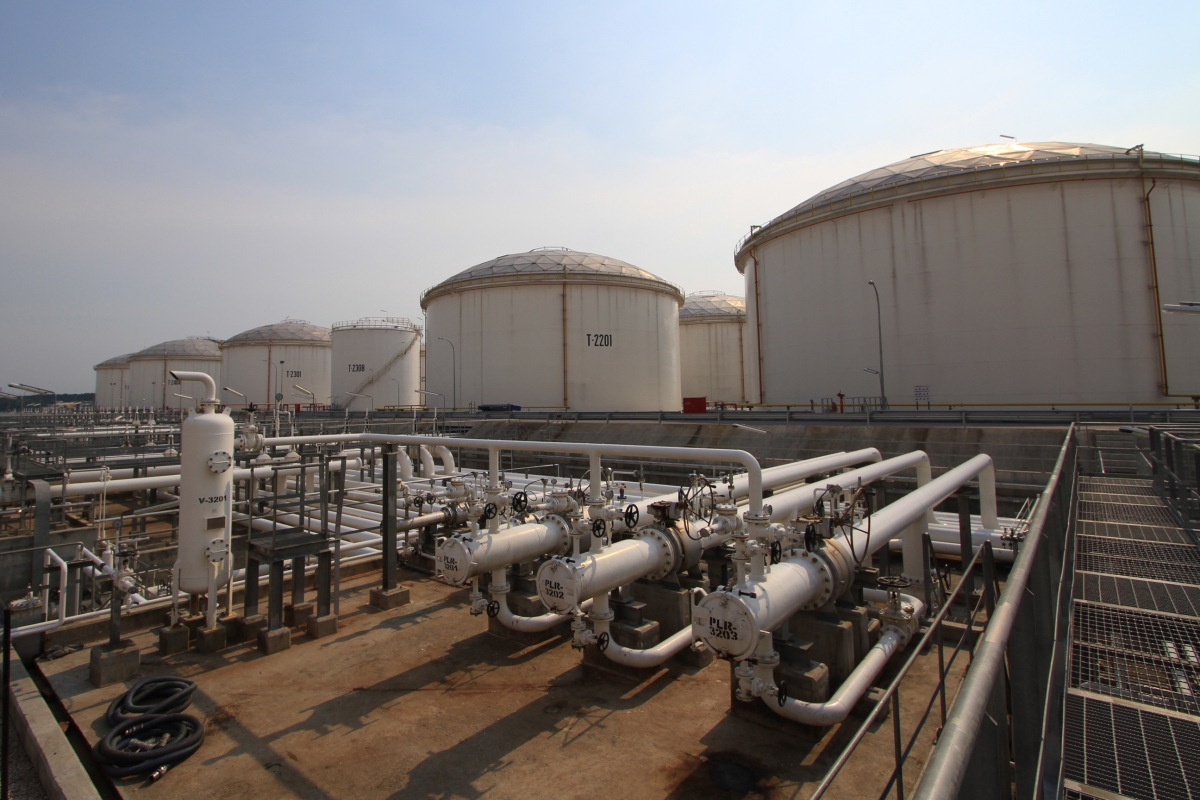
Businesses that own on-site petroleum storage tanks must follow a rigorous maintenance regime in order to ensure their long-term safety and efficacy. As technology continues to evolve, so too do the methods, and instruments that are available to perform petroleum tank maintenance.
Advanced inspection technologies
A leaking petroleum storage tank represents a significant environmental hazard, so it is paramount that routine inspections are conducted to ensure the structural integrity of all on-site tanks. While visual inspections must be conducted on a weekly basis [1], many businesses are turning to more sophisticated solutions to ensure the continued integrity of their petroleum tanks, such as ultrasonic testing.
This method uses high-frequency sound waves to detect defects, corrosion or anomalies within the tank’s walls, enabling proactive repairs to be conducted prior to an issue occurring.
Drone technology
Aerial inspections, too, are gaining in popularity as drone technology becomes more accessible. Drone inspections carry a lower risk to the operator and allow for close visual inspections of petroleum tanks, in particular those that are situated in hard-to-access areas.
Drones can operate effectively in confined spaces, capturing high-resolution images and videos for inspection by qualified experts who are situated safely away from the tank. By performing in-depth visual inspections using drones, accurate assessments of the tank’s condition can be made, and effective maintenance and repair strategies can be enacted.
Cathodic protection systems
In accordance with the Canadian Environmental Protection Act Registry’s Code Of Practice For Storage Tank Systems Containing Petroleum And Allied Products [2], steel petroleum tanks must be fitted with cathodic protection systems to guard against the harmful effects of corrosion.
It is vital that these systems are regularly monitored to ensure that they are operating effectively and to measure the performance of the protection system. Deviations from normal operating parameters must be resolved swiftly.
Leak detection systems
It is crucial that should a leak occur, it is identified quickly to minimize environmental contamination and to mitigate against the health and safety risk posed to human operators and maintainers. All businesses that have petroleum storage tanks on site are required under the Oil and Gas Operations Act [3] to put in place robust leak detection systems.
Many advanced technologies can be used to detect minute leaks from storage tanks, including optical and acoustic sensors, which identify changes in pressure, temperature or sound patterns and thus provide an early warning system to operators of a potential leak, allowing them to implement remedial action quickly to mitigate against a disaster.
Benefits of advanced technology in the maintenance of petroleum storage tanks
Integrating technological protection and inspection systems into petroleum tank maintenance practices allows businesses to meet their regulatory requirements and demonstrate their commitment to environmental sustainability.
As maintenance requirements for petroleum tanks become ever more stringent, implementing effective technologies such as those detailed above will help businesses remain compliant with regulations and prevent or minimize the risk of environmental contamination.
In conclusion, remaining open to implementing modern technologies in petroleum tank maintenance will enable Canadian companies to uphold the highest standards while maintaining these critical assets.
Resources:
[1] https://www.canada.ca/en/environment-climate-change/services/canadian-environmental-protection-act-registry/publications/code-practice-storage-tank-systems/part-8.html
[2] https://www.canada.ca/en/environment-climate-change/services/canadian-environmental-protection-act-registry/publications/code-practice-storage-tank-systems/part-4.html
[3] https://laws-lois.justice.gc.ca/eng/acts/o-7/